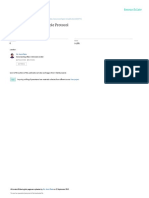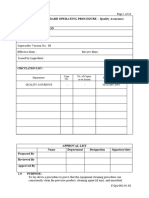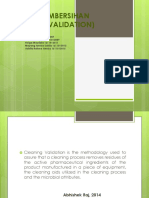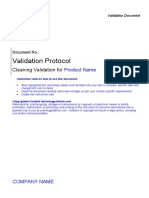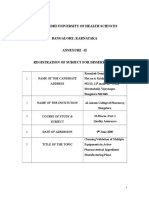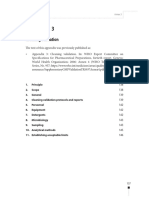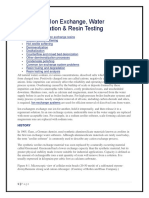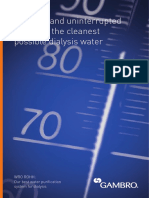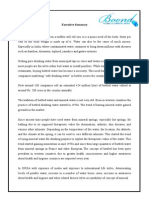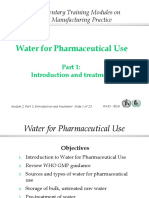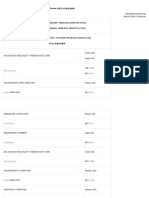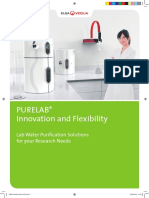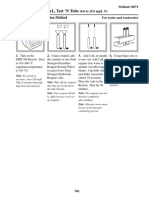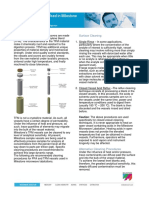0% found this document useful (0 votes)
73 views8 pagesCleaning Validation Protocol Product: Protocol No.: Revision No.: Page No .Of .
n/a
Uploaded by
Desislav DonchevCopyright
© © All Rights Reserved
We take content rights seriously. If you suspect this is your content, claim it here.
Available Formats
Download as PDF, TXT or read online on Scribd
0% found this document useful (0 votes)
73 views8 pagesCleaning Validation Protocol Product: Protocol No.: Revision No.: Page No .Of .
n/a
Uploaded by
Desislav DonchevCopyright
© © All Rights Reserved
We take content rights seriously. If you suspect this is your content, claim it here.
Available Formats
Download as PDF, TXT or read online on Scribd
/ 8

